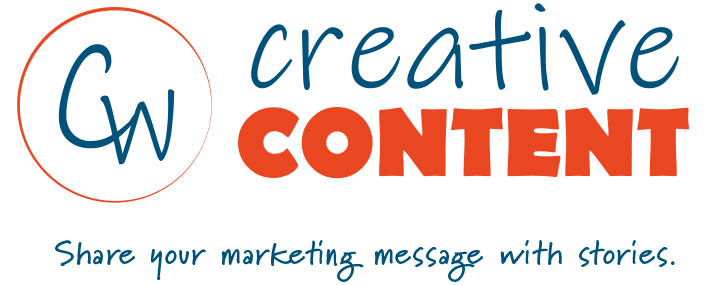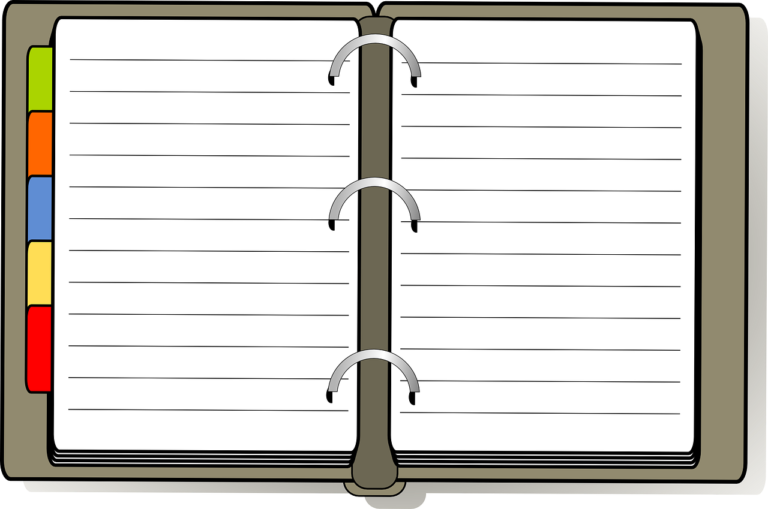Years ago, while attending California State University, Chico (CSUC) for a degree in Mass Communications, I took a class in Technical Problem Analysis (aka “Creative Problem Solving”).
Our textbook was The Universal Traveler: A Soft-Systems Guide to Creativity, Problem-Solving and the Process of Reaching Goals, by Don Koberg and Jim Bagnall. (The latest edition of this book was published in 2003.)
What I remember most about that class was being told not to “edit” my ideas before jotting them down. No matter how crazy they might seem, I had to write down as many ideas as possible, as fast as possible. The teacher called it brainstorming – the most important ingredient of problem-solving.
No matter what line of business you’re in, you’re solving problems all the time. But are you also brainstorming? If not, I encourage you to try it. It will help you improve both your writing and your marketing!
The resources I’ve included in this post can help you get started.
* * *
According to Merriam-Webster’s online dictionary, the term “brainstorming” first appeared in the English language in 1953.
Their definition: “a group problem-solving technique that involves the spontaneous contribution of ideas from all members of the group; also: the mulling over of ideas by one or more individuals in an attempt to devise or find a solution to a problem.”
Although most people think of brainstorming as a group activity, it can also be done individually. In fact, studies have shown that brainstorming on your own can bring out even better ideas than when you’re with a group.
Brainstorming Tips
When brainstorming alone . . . try using Mind Maps to arrange and develop ideas.
When brainstorming in a group . . . you’ll need to:
- Appoint one person to record ideas.
- Clearly define the problem you want to solve.
- Encourage an attitude of acceptance (non-critical) toward others’ ideas.
- Aim for a wide variety of ideas; don’t spend too much time on any one trail of thought.
The best results seem to come from combining individual and group brainstorming.
RESOURCES
In addition to the book mentioned in the second paragraph of this post, here are a couple of other good resources to help you with your own brainstorming:
Thinkpak: A Brainstorming Card Deck. This package of 56 cards – a creative-thinking tool created by Michael Michalko (author of Thinkertoys: A Handbook of Business Creativity and Creative Thinkering) – will help you not only come up with new ideas more easily, but also evaluate them. A 61-page booklet is included with the deck, which includes examples of how others have used Thinkpak.
A Whack on the Side of the Head: How to Unlock Your Mind for Innovation, by Roger von Oech, Ph.D. is all about the mental locks people often have. Von Oech says that mental locks (inability to “think something different”) occur for two main reasons:
- We don’t need to be creative in most of what we do. It’s easier to just continue in our usual routines.
- Most of us have certain attitudes and belief systems that keep us thinking “more of the same.”
This book addresses 10 of the most damaging mental locks, and how to open them. (The newest edition was published in 2008.)








